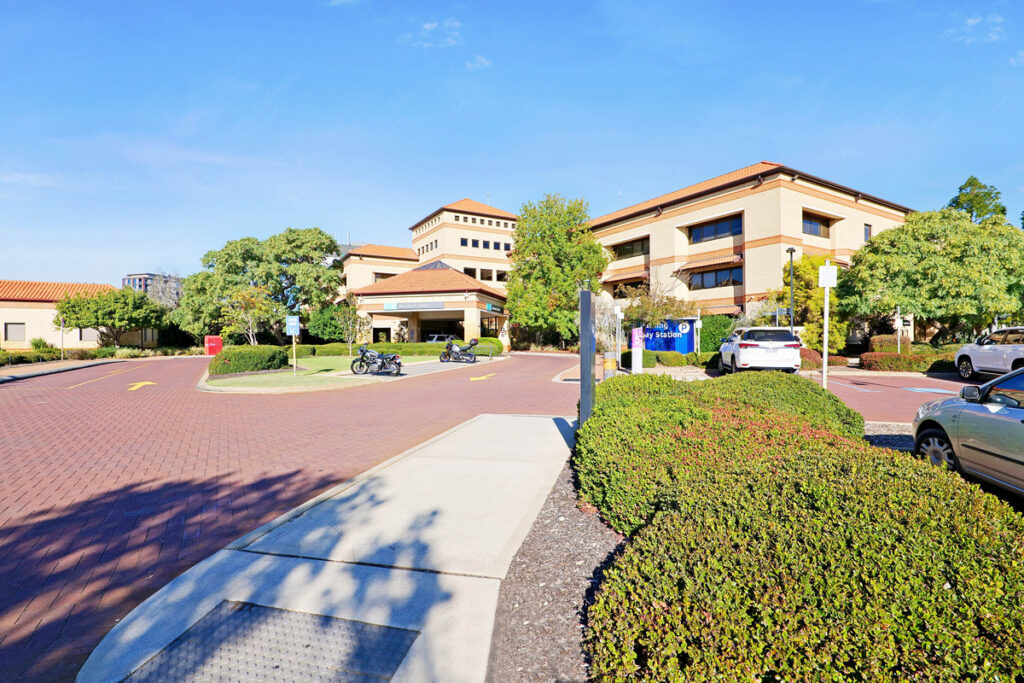The retail property market in Western Australia – and indeed globally – has undergone a major transformation over the past few years. The Covid-19 pandemic disrupted consumer behaviour, business operations and economic activity, and accelerated the shift to online retail services. While this shift saw many retail stores close their doors, it has also opened spaces in our communities to meet the growing demand from food and beverage businesses.
We spoke to Greg D’Arcy, Partner Agency, about how the changing retail market is currently affecting the sale and lease of retail properties in Western Australia.
Satisfying a growing appetite for retail space
For many years now, consumers have embraced the convenience and variety that online shopping and e-commerce offers, permanently shifting our shopping and spending habits.
In 2023, there were an additional 1.5 million households across Australia that chose to do their retail shopping online compared to 2019, according to Australia Post’s 2024 Inside Online Shopping report, with a total of $63.6 billion spent online. This shift to e-commerce platforms has challenged the traditional role and function of physical stores in the retail property landscape. But while retail has declined, food and beverage businesses are now filling in the gaps and taking up the opportunities to secure retail space in desirable locations.
“The market is very buoyant and busy at the moment and there’s a lot of demand, which really took off at the start of the year,” said Mr D’Arcy. “Our main retail enquiries at the moment are from the food and beverage sector, and we’re seeing more national brands moving over to Western Australia.”
The food and beverage sector is also uniquely placed to leverage the benefits of both bricks and mortar retail spaces, and the rise in e-commerce opportunities. The increasing popularity of food delivery services such as UberEats, DoorDash, and other providers, demonstrates that the sector has kept pace with changing trends. These e-commerce services enable food and beverage businesses to service a much wider customer base beyond their physical storefronts.
Despite concerns that the cost-of-living pressures will further impact consumer behaviour, spending at restaurants and cafes continues. In the first six months of 2023, turnover at cafes, restaurants and takeaway shops across WA totalled nearly $4.3 billion. Through the year to February 2024, household spending on hotels, restaurants and cafes across Australia increased by 5.8%. Anecdotally, outlets such as bubble tea shops and franchises such as Zambrero continue to rise in popularity and are driving some of the recent enquiries.
For example, Sterling Property recently leased three retail properties in North Perth, Nedlands and Treeby to Zambrero restaurants, supporting the rapid expansion of the brand in WA.
Desirable characteristics for food and beverage retail properties
While there has been a shift in consumer trends, the fundamentals for tenants seeking the right property remain consistent: location, price and the value that can be added through improvements. However, there is also an early mover advantage for those who can identify trends ahead of the market. The revival of suburbs such as Subiaco, which has undergone a significant transformation, is helping to drive demand as food and beverage businesses look to secure their spot in thriving locations.
“Food and beverage businesses want to be close to other cafes, bars and restaurants [as opposed to fashion retail, for example] as it helps to create an atmosphere,” said Mr D’Arcy. “Subiaco used to be a dead zone a couple of years ago, but we’re seeing a resurgence in activity and visitors to the area – in part prompted by the One Subiaco development – and the area is really firing now and most of the vacancy has been taken up.”
In the case of food and beverage businesses, existing kitchen infrastructure and grease traps – a plumbing device used to filter kitchen wastewater – also appear high on the list of requirements when looking for new premises.
“Most food and beverage businesses need grease traps, so they tend to be quite selective about the properties they are interested in and focus on those with grease traps before looking at others,” explains Mr D’Arcy. “If a listed property already has a kitchen and a grease trap, the phone will ring constantly with interested buyers or tenants.”
While there is a clear demand for these features, it can be cost prohibitive for property owners or tenant to install them. In these instances, Sterling Property works closely with its clients to focus on finding tenants or buyers better suited to alternative uses such as yoga or pilates studios, and hair salons.
Other factors that influence interest in retail property locations
Parking and Council restrictions are two other important factors that can influence interest in retail properties for food and beverage businesses. Lack of parking for customers is always a challenge, especially in established areas where parking may be limited. The ability to provide outdoor seating options and alfresco dining experiences is also increasingly popular with vendors, yet this can be limited by the restrictions of the retail space itself, and the policies of the local Council authority.
Finding retail property for your next business venture
Whether you are looking to sell or lease a retail property or are looking for the next perfect retail space for your business, it is important to find a trusted and knowledgeable property expert to help you to navigate the challenges and identify the right opportunities. At Sterling Property, we have more than 20 years of experience in the retail property market, and we have worked with clients from various sectors and sizes to find the best location and negotiate the best terms.
If you’re looking to explore the latest opportunities in the retail property market, get in touch with our team today to discuss your business goals and how we can help you achieve them.










